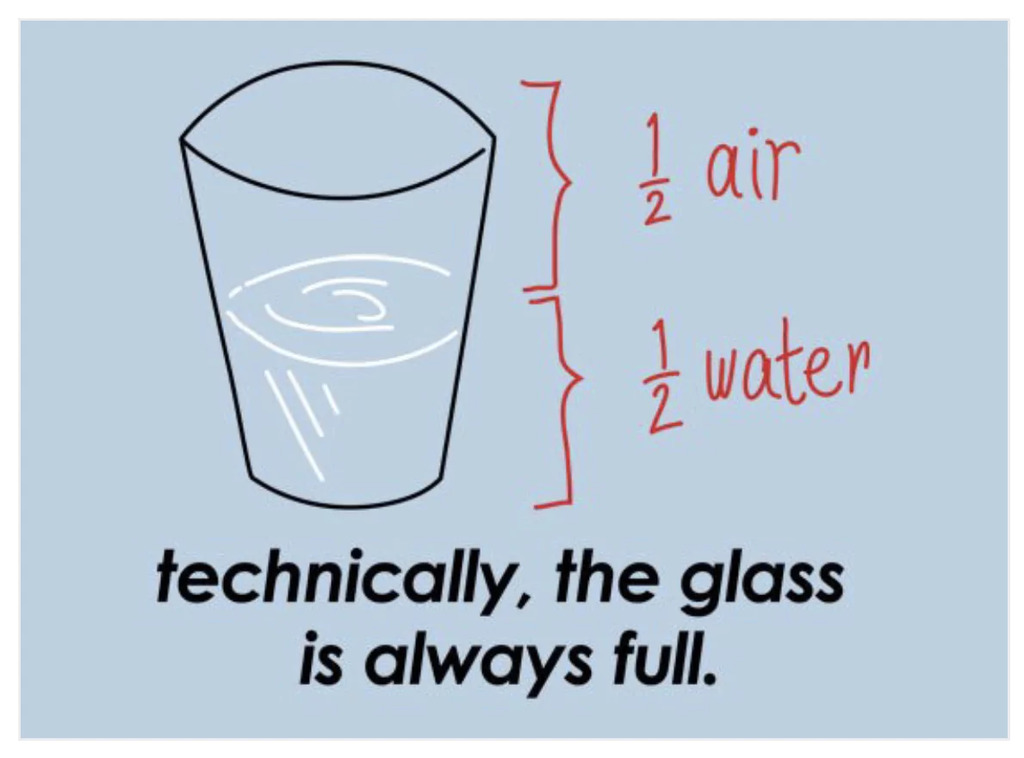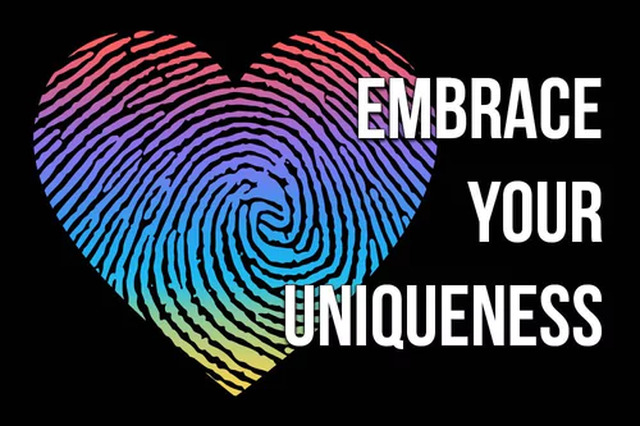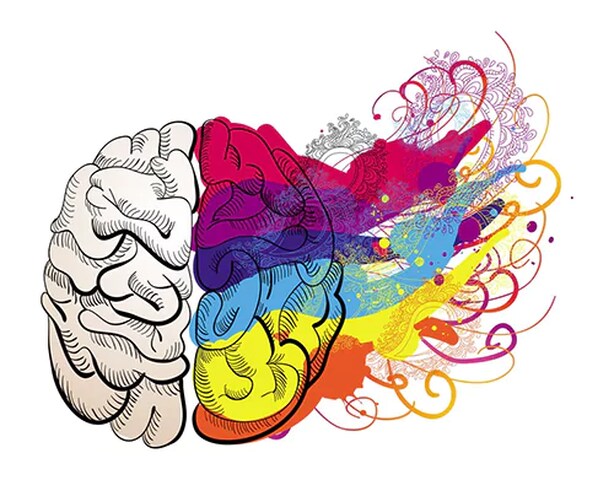By using our website, you agree to the use of cookies as described in our Cookie Policy

Couples often come into therapy with high emotional intensity and anxiety. Couples may initially get caught up in blaming and criticizing their partner while trying to prove their point and make the other person look like the bad guy. Often times the couple then gets stuck in arguments that mask the actual problem that brought them into therapy in the first place. It can be difficult for couples to see past what they are fighting about and look at the bigger picture of their relationship. Each couple has their own dance, and when they get overly focused on stepping on each other’s feet they can’t hear the music of their dance. It is essential for couples to take a step back and understand how their dance flows with the music. What is the cycle of their dance that gets them so stuck? Each partner needs to be balanced and tuned into their own self. Only then can they hear and listen to their partner and move together in their dance.
When I meet with couples I like to invite them into a place that is different to how they often interact outside of the therapy room. I see it as a first small shift towards change in how they relate to each other. For the duration of the session, which is usually one hour, I like to encourage couples to refrain from making judgments and assumptions about their partner. I explain that there is no sinner or saint in the therapy room, and there is no person who is wrong or right (unless there is physical or emotional abuse happening in the relationship). I tell them that each person is equally responsible for the relationship. I also encourage my clients to speak in “I” language to foster self-focus in the relationship. When clients follow my suggestions and practice a conversation with their partner of mutual respect while focusing on their own responsibility, therapy really begins.
Of course this is easier said then done. Couples will naturally slip back into their routine at times and point fingers at their partner. We are human after all. However, many times couples are plagued by extreme anger, fear or hurt that prevents them from seeing how they get caught in the vicious cycle that keeps them stuck in their relationship. At times I gently suggest that their anger, fear, defensiveness or hurt may be masking a deeper feeling… an emotion that touches their core vulnerability. This emotion is a hot spot that every person has. It is a raw emotion that touches our most vulnerable part. A hot spot can be something we bring into a relationship from our family of origin or from a previous relationship. Or it can simply be something we experience when we feel deprived or deserted. When a hot spot gets rubbed, we often disguise it, distract ourselves, or become numb and defensive.
In therapy I find it valuable to take a closer look at hot spots that are key to understanding an individual’s sensitivity and vulnerability. Exploring a couple’s hot spots in a way that helps them deal with them better, and relate to each other on a deeper level, is essential in nurturing healing in a relationship. Why not talk about vulnerability? We live in a society that tells us to be strong and not show weakness. We are taught to ignore our fragility. When we open the door for our partner to our vulnerable place it will elicit a deeper emotional connection for both.
When couples begin to feel safe and responded to in their relationship, they are more likely to share their hot spots with their partner and hence, develop a closer bond. Emotional safety, attachment and responsiveness are key to a healthy relationship and a steppingstone to ones heart. And it is in our hearts where we find our rawest emotions; a place deep down that we often choose to protect and guard from fear of hurt or abandonment. When we make space for our partner to join us in our house of emotions, a deeper level of connection will flourish.
‹ Back














